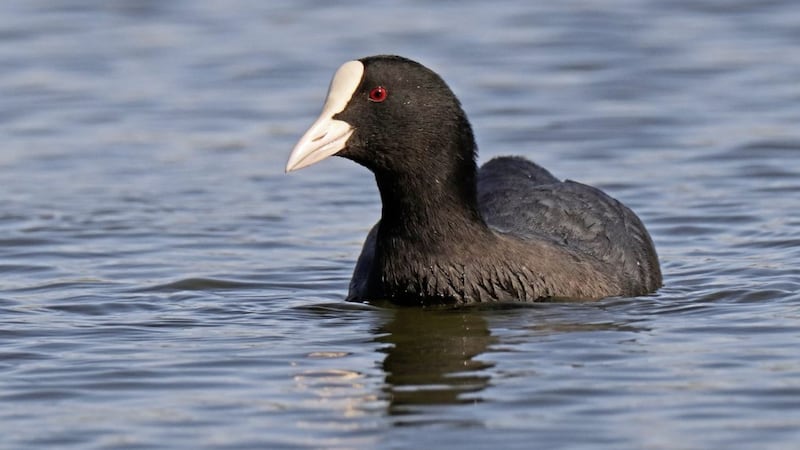THE first small leaves of lesser celandine push up through the leaf litter, revealing their faces to the world for the first time, like those of the children in Sara Teasdale's poem Barter, "looking up, Holding wonder like a cup".
A roguish magpie carries a single sizeable twig as it flies, with straightened tail outstretched, while a nearby thrush sings out from atop a bare ash tree.
Now in mid-February, these are all indicators spring has begun its irreversible advance. Whistling redwings too, gather amongst the thorns before their return to Scandinavia in the weeks ahead, another sign of winter's turning.
Even with the cold northern winds of late, winter's hold is weakening as we experience lengthening days, see buds swell, green shoots appear and birds stir.
I observed some of these hints of change while walking recently along the woodland edge of one of Lower Lough Erne's many sheltered bays.
Viewing the still water from a clearing, I spotted a cormorant standing on a rocky outcrop, wings outstretched absorbing any smidgeon of heat it could from the low-lying sun.
Closer in were small huddles of tufted and mallard ducks dabbling and diving, while beyond them, near to the cover of reeds was the familiar dark, plump figure of the coot, a common bird of our inland waterways.
Fulica atra's body is a charcoal colour, apart from its white facial shield or forehead, and bill, this facial patch responsible for the saying 'as bald as a coot', also referenced in its Irish name 'cearc cheannann' or 'bald hen'.
Coots are members of the rail or 'Rallidae' family which also include the moorhen, water rail and corncrake, the latter living on dry land.
Moorhens, often seen among or near coots since they share similar habitat are smaller and have a distinctive red face-shield and beak with a yellow tip. The water rail with its brown, grey body, long legs, and bill is much more secretive as it skulks through dense vegetation at the water's edge, probing, rarely appearing in open water.
Although not ducks, coots have lateral lobes of skin on their toes which act in a similar way to webbed feet helping them swim efficiently and get airborne as they scuttle along the water before taking off.
The 19th century English poet Mary Howitt, talks of watching the bird in her poem The Coot, saying, I saw thee...
"Within thy sedgy screen;
Around thee grew the bulrush tall.
And reeds so strong and green."
Coots are omnivorous, feeding mostly on plant shoots and seeds but also on aquatic invertebrates which they will bring to the surface before eating. They nest on emergent vegetation laying anything from six to nine eggs.
In some old texts on Irish birds, such as John Watters' The Natural History of the Birds of Ireland (1852) and Ralph Payne Gallwey's The Fowler in Ireland (1882), the authors make mention of coot being eaten with differing opinions on its flavour.
Known as 'mudhens' by many Native American tribes, coots were used as clan animals and different legends tell of the birds being summoned to dive for mud to retrieve land and rebuild the earth after floods.
As I turned away from appreciating the charms of both coot and ducks, the sharp call of a slow-flying grey heron rang out overhead, one of our early nesting birds, on the move, again a reminder of the coming spring.
Although some weeks off, I now await the sound which confirms beyond doubt, spring's arrival, the song of the chiffchaff, expected from early March onwards. A little longer to wait.








